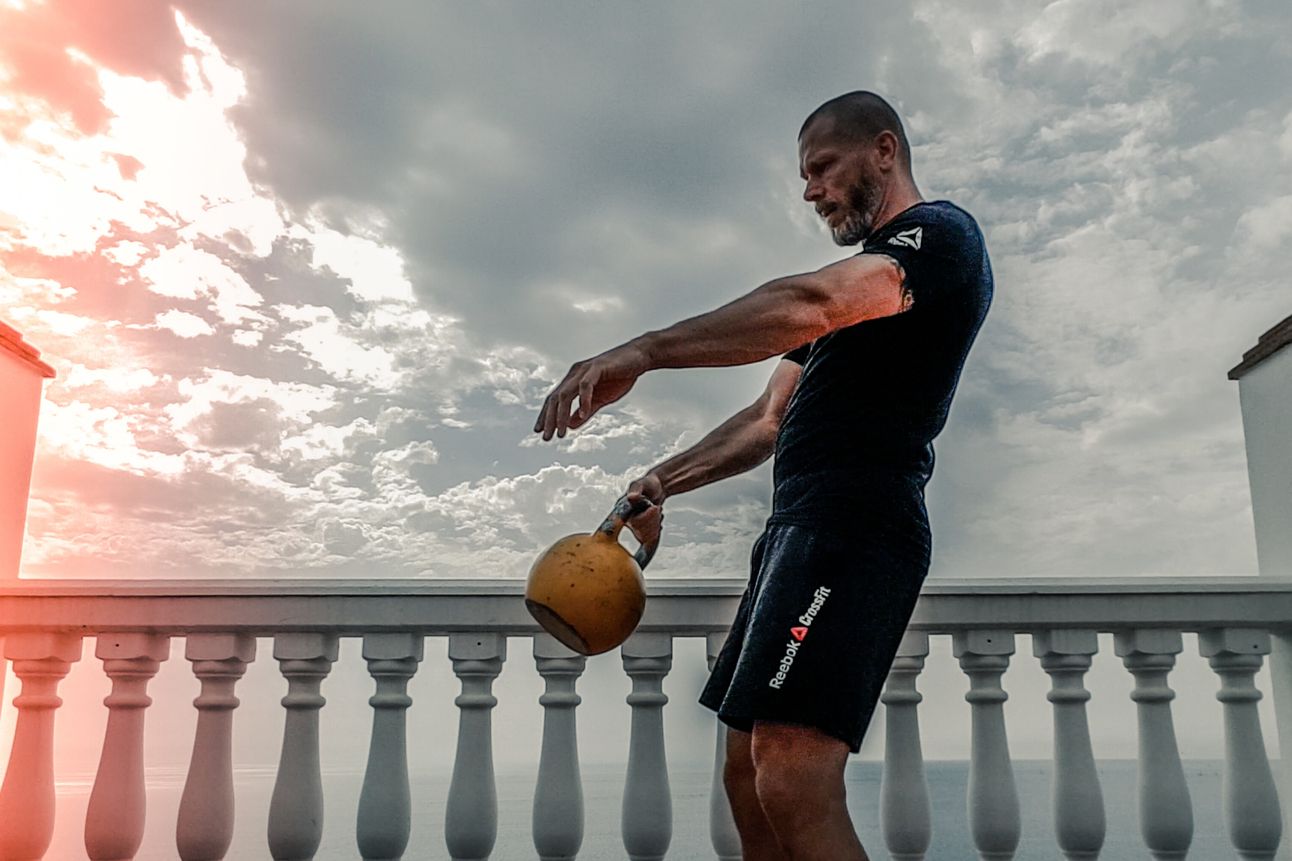- +3 Wellness
- Posts
- Distinguishing Practice And Training For Optimal Results
Distinguishing Practice And Training For Optimal Results

When you step into a gym, the terms "training" or "workout" are commonly used to describe a session of exercise. However, genuine training is most effective when preceded by practice. Every sport and physical activity involves specific skills. Simply put, you need to master the "how-to" before you can express your abilities at their fullest potential. For instance, aspiring weightlifters must practice the skill of lifting weights with proper form before showcasing high-performance levels.
Practice: The Foundation of Skill Acquisition
The primary goal of practice is skill acquisition. This involves the motor learning and control of movements foundational to any athletic discipline. Skill acquisition is a complex interplay of intention, perception, action, and calibration of the relationship between the performer and their environment. It studies how brain functions influence the nervous system's adaptation to motor skills. For example, to effectively perform a squat, an athlete must engage their brain to control shoulders, hips, and legs, coordinating joints and muscles precisely. Through repetition, practice entrenches the neuromuscular pathways so that the exercise is perform with fluidity and efficiently.
Training: Elevating Performance Output
Training focuses on enhancing physiological adaptations to meet specific performance metrics. After mastering technique, like the squat, the aim is to increase strength through greater weight. Here, the principle of overload becomes crucial: to prompt adaptation, you must incrementally increase the load. Training employs various methods such as progressive resistance, targeted intensity, and volume control, which tailor endurance, strength, power, or speed in alignment with the sport's demands.
The Interplay Between Practice and Training
A well-structured training program aims to enhance overall skill and performance tailored to specific sports or activities. Without adequate skill acquisition, performance may suffer due to poor body control, exercise coordination, and biomechanical inefficiencies, potentially leading to injury and decreased training effectiveness. Consider the warm-up phase as an example: starting with exercises that prime the body's nervous system enhances joint congruency and muscle connectivity, preparing the body to manage additional loads and drive adaptation safely.
Practice sharpens technical execution through consistent repetition and refinement, while training strengthens this foundation by building the physiological capacity to meet heightened demands. Recognizing the distinction between "practice" and "training" and its synergistic roles is vital for athletes to achieve their full potential in any sporting or physical endeavor.
Thank you for reading. I hope to hear from you about any thoughts or questions that you have. Need coaching help, write to me at [email protected] or subscribe to my newsletter